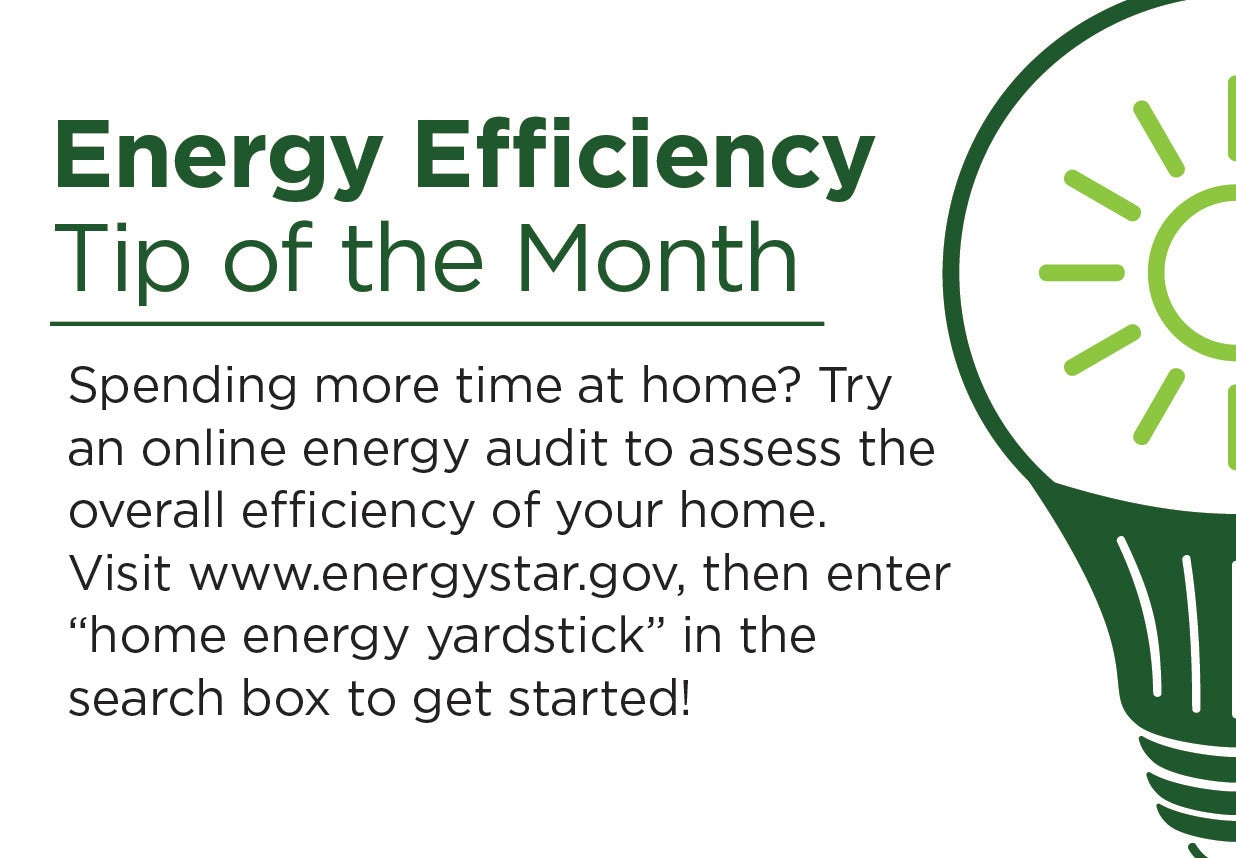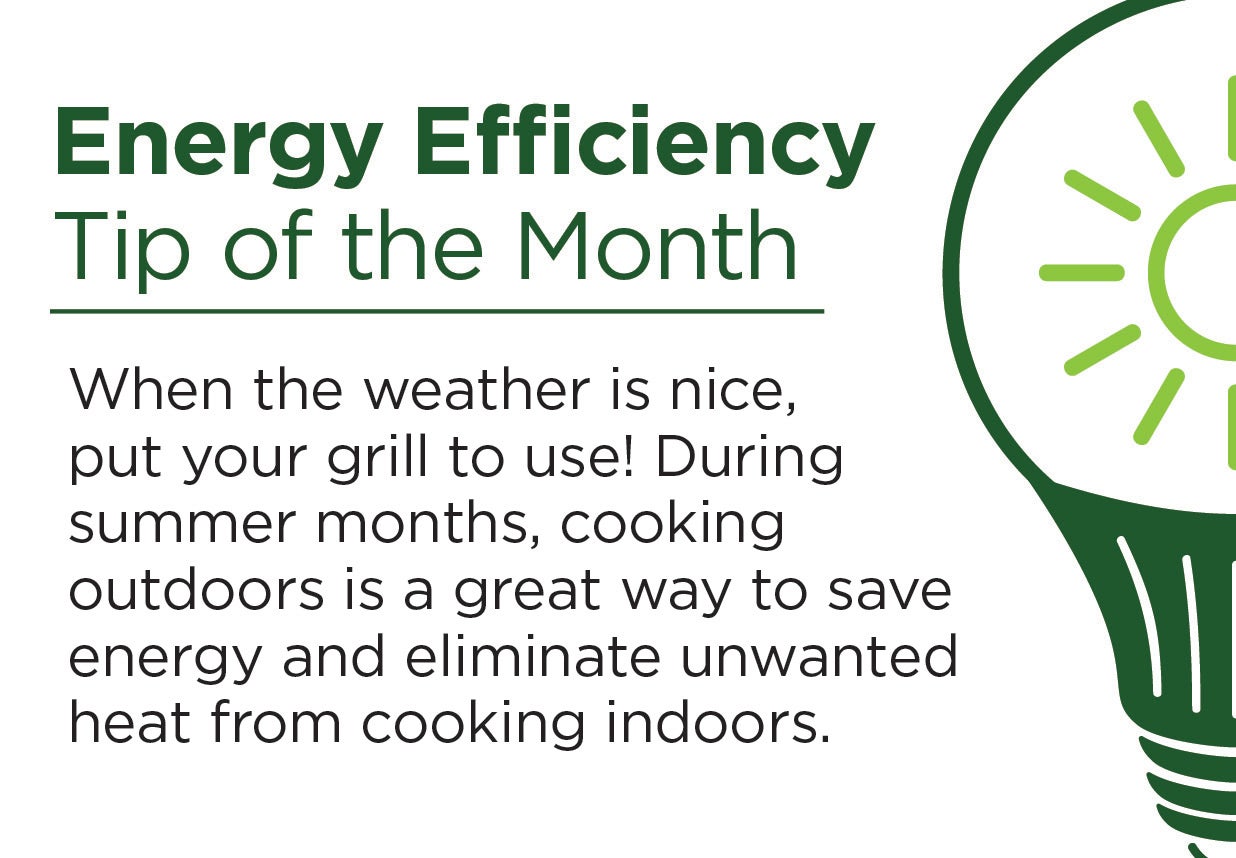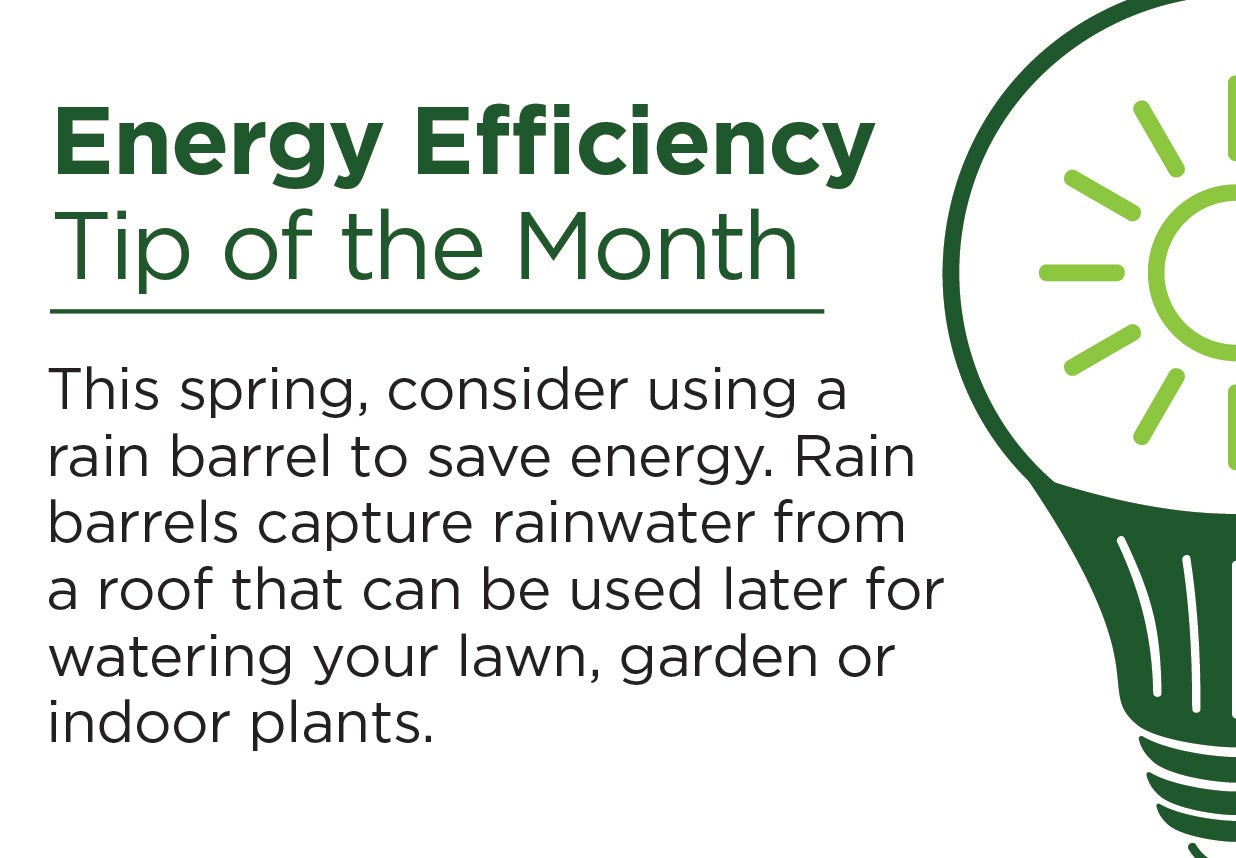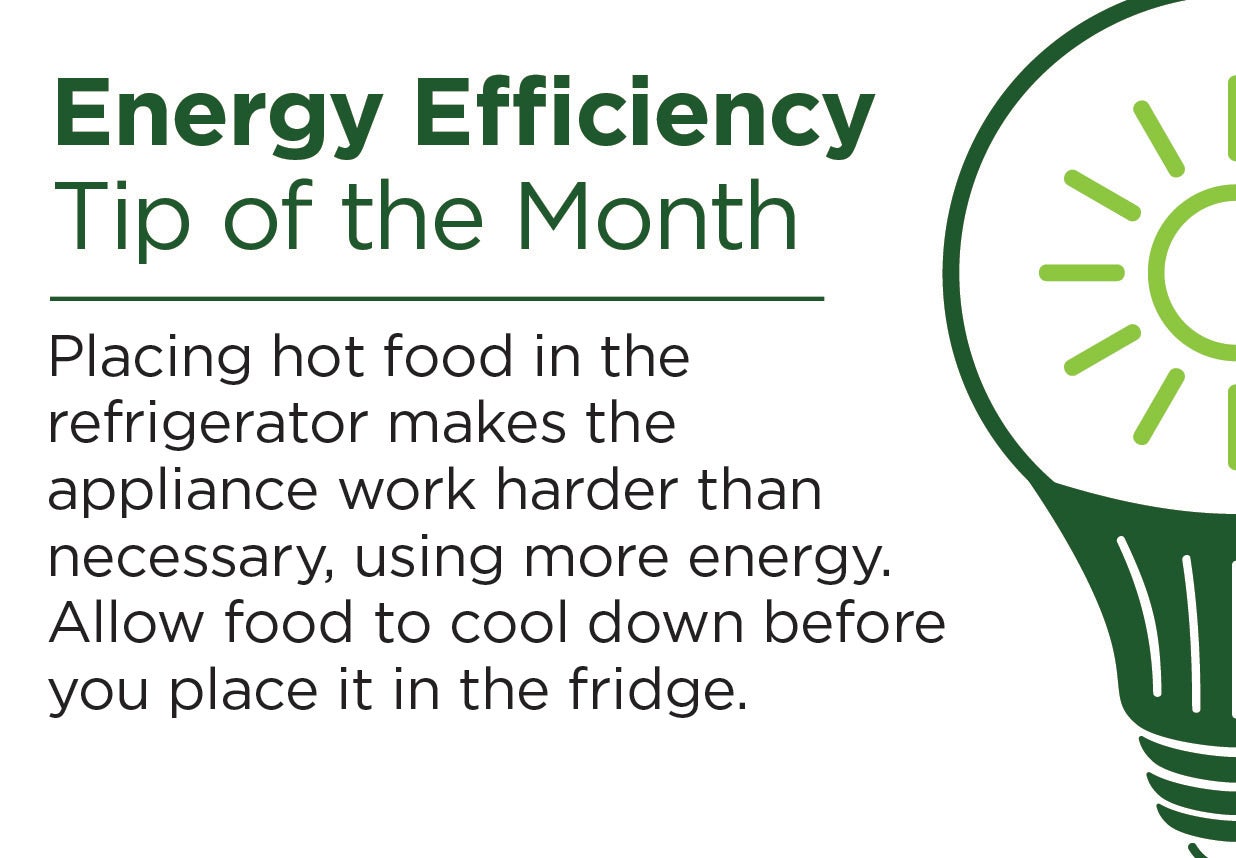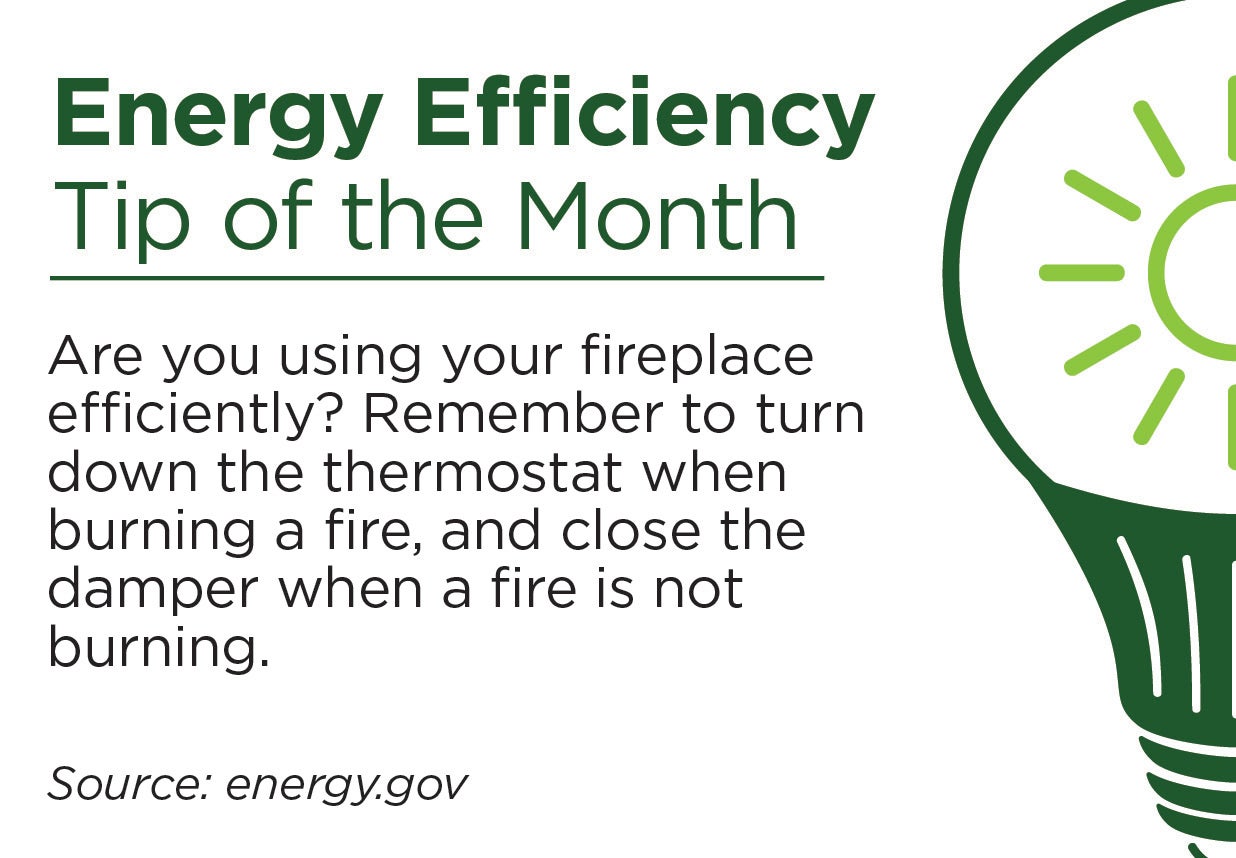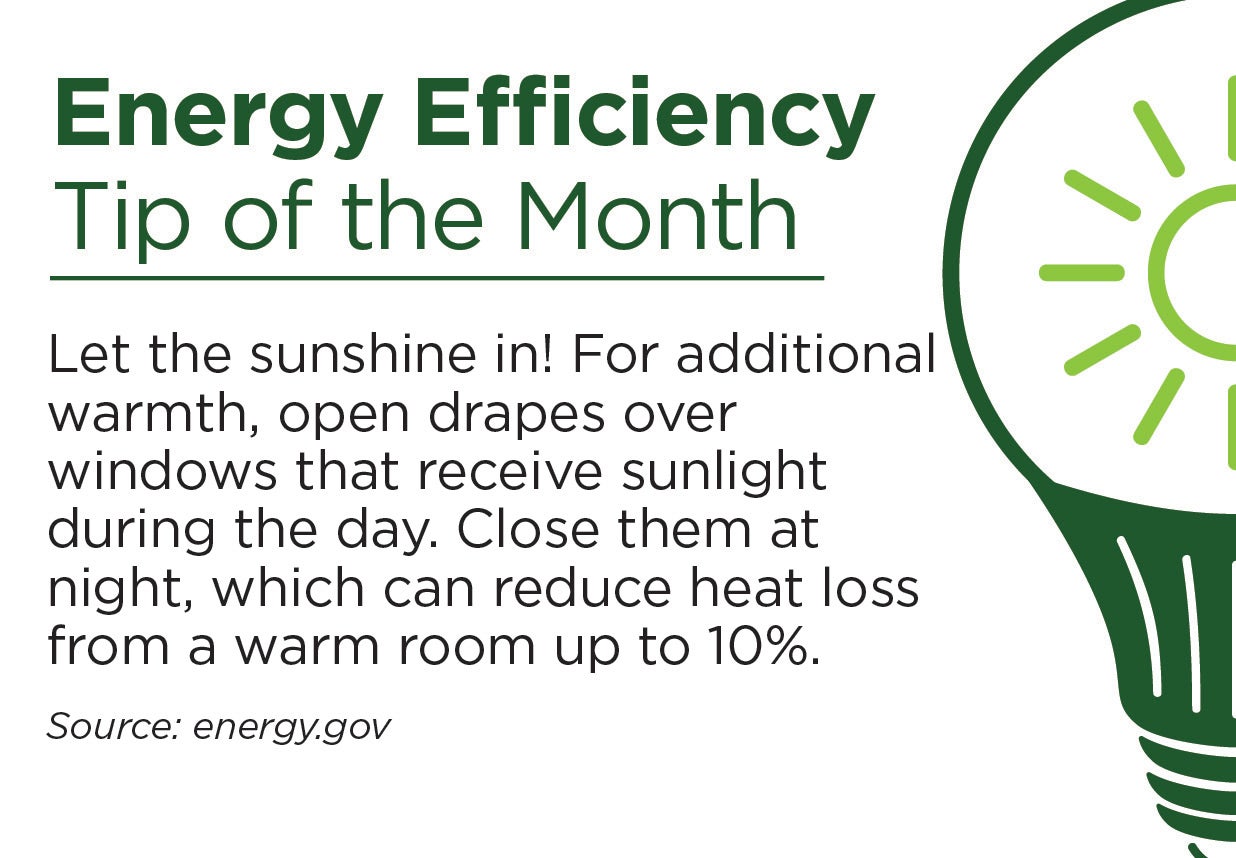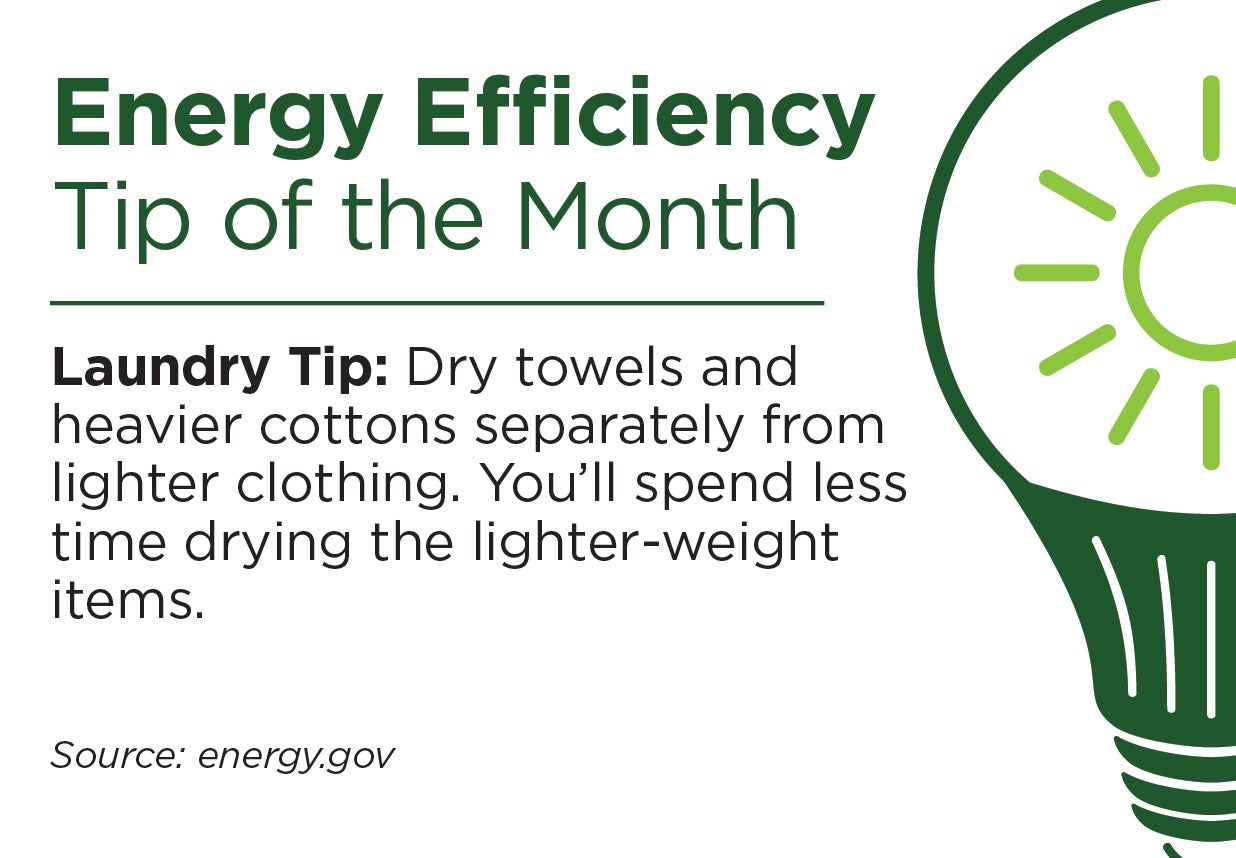Everything you do—from flipping a switch to upgrading your lighting—can add up to big savings.
Easy Energy Efficiency Tips
Here are several quick and easy ways to begin conserving your home’s energy use today to minimize your next bill:
- Reduce your thermostat. A one-degree decrease in heating setpoint can decrease energy use by 3 – 5%.
- Wash clothes with cold water. Only use hot water for very dirty loads.
- Change your central HVAC system filter when dirty by the manufacturers' recommendations. Dirty filters can impact your home comfort and increase your electricity bill.
- Set both the upper and lower water heater thermostats no higher than 120° F.
- Open your blinds and use natural light as much as possible during the day.
- Turn computers and monitors off when not in use.
- Enable auto power-down feature on gaming consoles.
- Unplug battery chargers and other cords when not needed.
- If you don’t unplug them, use energy-saving modes or automatic sleep function on electronics.
- Set the refrigerator temperature to 34°-37°F and freezer temperature to 0° - 5°F.
DIY Savings Ideas
DIY projects can add up but in a good way. According to Energy.gov, sealing uncontrolled air leaks can save from $83 to $166 a year. Weather stripping double-hung windows can save $42 to $86 annually. And insulating your electric water heater tank can save $20 to $45 a year.
If you take the mid-range amounts for all three modifications, they can save $221 a year.
Additional easy-to-do projects or steps that could save you money include:
- Insulating your hot water pipes to help reduce heat loss and raise your water’s temperature.
- Insulating and reducing air leaks in floors over garages. You can seal air leaks and add insulation to make the living space more comfortable and make that part of your home more energy-efficient.
- Depending on how well your attic is insulated, consider adding more insulation. There are several types of insulation and the R- or Resistance-value that you will need depends on several variables, including where you live and your climate. Energy.gov and Energystar.gov publish maps that outline recommended R-values.
- Consider installing an attic stairs cover box to improve air leaks and comfort. You can build your own box, purchase a kit, or even buy a pre-built box. According to Energy.gov, the box should be durable enough to withstand repeated openings and closings, have an R-value similar to the rest of your attic insulation, and provide an air seal.
- Here is an easy one: applying frosted contact paper to the windows in or by your front door. Not only can you increase privacy, but you will decrease heat transfer.
- If you do not have one, consider installing a programmable thermostat or a smart thermostat. Either improvement can make a difference on your energy bill, especially if you select a higher temperature in the summer and lower temperature in the winter when you won’t be there.
Saving energy doesn't have to be hard. Use these tips to save energy year-round.
